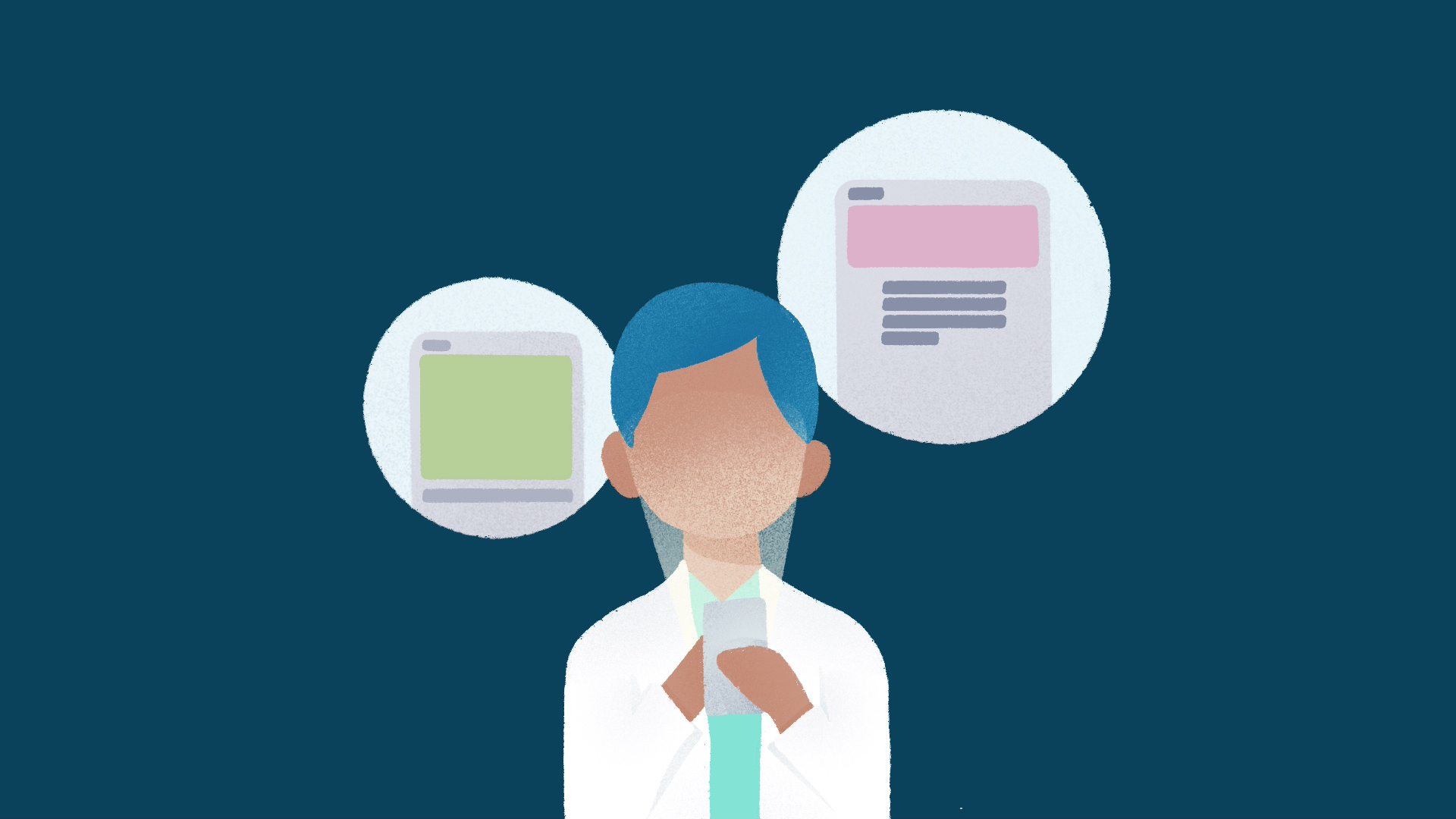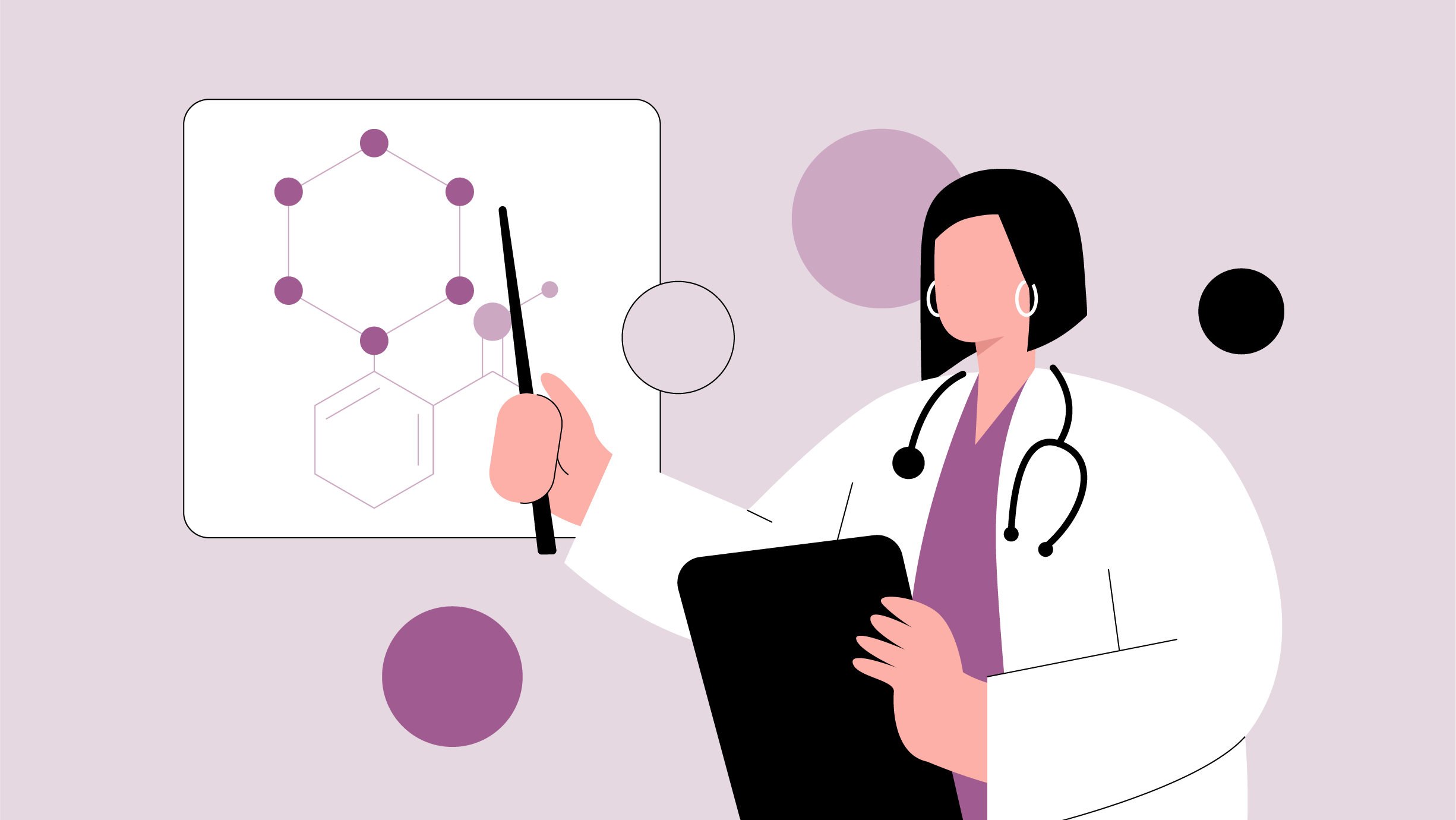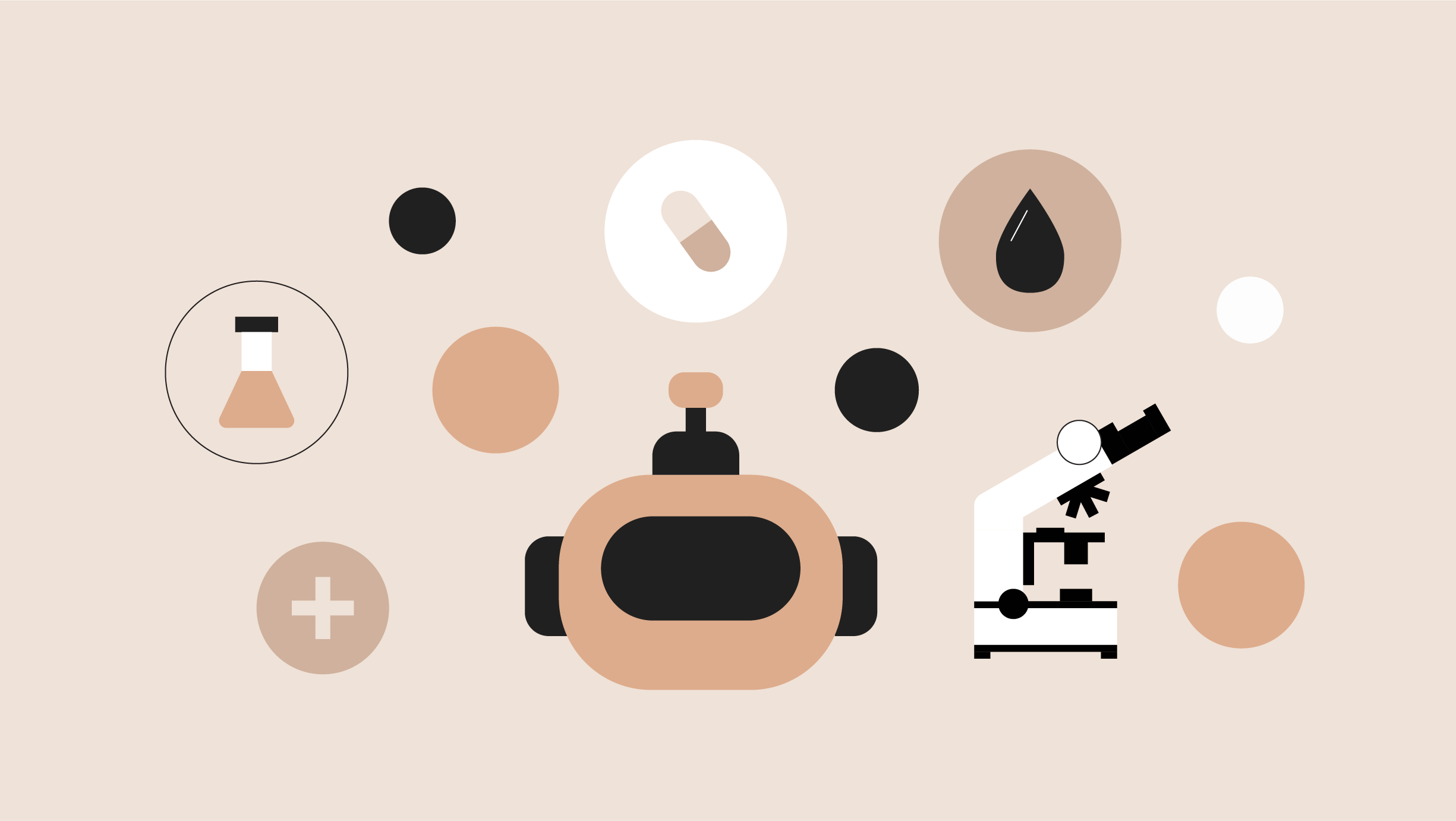
GLYXAMBI contains the active ingredients empagliflozin and linagliptin. It is available in tablet form for oral administration.

GLYXAMBI contains the active ingredients empagliflozin and linagliptin. It is available in tablet form for oral administration.
How should I use this medication?
Take this medication by mouth with a glass of water. Follow the directions on the prescription label. Take it in the morning, with or without food. Take your dose at the same time each day. Do not take more often than directed. Do not stop taking except on your care team's advice. A special MedGuide will be given to you by the pharmacist with each prescription and refill. Be sure to read this information carefully each time. Talk to your care team about the use of this medication in children. Special care may be needed.
Overdosage: If you think you have taken too much of this medicine contact a poison control center or emergency room at once. NOTE: This medicine is only for you. Do not share this medicine with others.
What if I miss a dose?
If you miss a dose, take it as soon as you can. If it is almost time for your next dose, take only that dose. Do not take double or extra doses.
Where should I keep my medication?
Keep out of the reach of children and pets. Store at room temperature between 15 and 30 degrees C (59 and 86 degrees F). Throw away any unused medication after the expiration date.
NOTE: This sheet is a summary. It may not cover all possible information. If you have questions about this medicine, talk to your doctor, pharmacist, or health care provider.
What side effects may I notice from receiving this medication?
Side effects that you should report to your care team as soon as possible: -Allergic reactions—skin rash, itching, hives, swelling of the face, lips, tongue, or throat -Dehydration—increased thirst, dry mouth, feeling faint or lightheaded, headache, dark yellow or brown urine -Diabetic ketoacidosis (DKA)—increased thirst or amount of urine, dry mouth, fatigue, fruity odor to breath, trouble breathing, stomach pain, nausea, vomiting -Genital yeast infection—redness, swelling, pain, or itchiness, odor, thick or lumpy discharge -Heart failure—shortness of breath, swelling of the ankles, feet, or hands, sudden weight gain, unusual weakness or fatigue -Infection or redness, swelling, tenderness, or pain in the genitals, or area from the genitals to the back of the rectum -Pancreatitis—severe stomach pain that spreads to your back or gets worse after eating or when touched, fever, nausea, vomiting -Redness, blistering, peeling or loosening of the skin, including inside the mouth -Severe joint pain -Urinary tract infection (UTI)—burning when passing urine, passing frequent small amounts of urine, bloody or cloudy urine, pain in the lower back or sides Side effects that usually do not require medical attention (report to your care team if they continue or are bothersome): -Cough -Diarrhea -Runny or stuffy nose -Sore throat
This list may not describe all possible side effects. Call your doctor for medical advice about side effects. You may report side effects to FDA at 1-800-FDA-1088.
What should I tell my care team before I take this medication?
They need to know if you have any of these conditions: -Change in diet, eating less -Changes to your insulin dose -Dehydration -Diet low in salt -Frequently drink alcohol -Having surgery -Heart disease -History of amputation -History of diabetic ketoacidosis (DKA) -History of foot sores caused by diabetes -History of genital infections -History of pancreatitis or pancreas problems -History of urinary tract infections (UTI) -Kidney disease -Liver disease -Nerve condition that causes pain, tingling, or numbness in the hands or feet -Peripheral vascular disease, narrowing of the blood vessels -Serious infection -Trouble passing urine -Type 1 diabetes -An unusual or allergic reaction to empagliflozin, linagliptin, other medications, foods, dyes, or preservatives -Pregnant or trying to get pregnant -Breastfeeding
What may interact with this medication?
-Diuretics -Lithium -Rifampin -St. John's wort Other medications may affect the way this medication works. Talk with your care team about all of the medications you take. They may suggest changes to your treatment plan to lower the risk of side effects and to make sure your medications work as intended.
This list may not describe all possible interactions. Give your health care provider a list of all the medicines, herbs, non-prescription drugs, or dietary supplements you use. Also tell them if you smoke, drink alcohol, or use illegal drugs. Some items may interact with your medicine.
What should I watch for while using this medication?
Visit your care team for regular checks on your progress. Tell your care team if your symptoms do not start to get better or if they get worse. You may need blood work done while you are taking this medication. If you have diabetes, your care team will monitor your HbA1C (A1C). This test shows what your average blood sugar (glucose) level was over the past 2 to 3 months. This medication may increase the risk of diabetic ketoacidosis (DKA), a serious condition in which high ketone levels make your blood too acidic. Your care team may ask you to check for ketones in your urine or blood while you are taking this medication. If you develop nausea, vomiting, stomach pain, unusual weakness or fatigue, or trouble breathing, stop taking this medication and call your care team right away. Check with your care team if you have severe diarrhea, nausea, and vomiting, or if you sweat a lot. The loss of too much body fluid may make it dangerous for you to take this medication. Know the symptoms of low blood sugar and know how to treat it. Always carry a source of quick sugar with you. Examples include hard sugar candy or glucose tablets. Make sure others know that you can choke if you eat or drink if your blood sugar is too low and you are unable to care for yourself. Get medical help at once. Tell your care team if you have high blood sugar. Your medication dose may change if your body is under stress. Some types of stress that may affect your blood sugar include fever, infection, and surgery. If you have diabetes, you may get a false-positive result for sugar in your urine while you are taking this medication. Check with your care team.
Source: This information is sourced from Elsevier Inc.






The reviews, ratings, comments, and opinions expressed on this platform are solely those of the individual medical professionals who posted them and do not reflect the views or positions of Sermo, Inc. Sermo does not endorse, verify, or validate the content of individual reviews. The information provided is user-generated and reflects personal clinical experiences, which may not be complete, accurate, or applicable to your specific health needs. It is not intended as medical advice.
Prescription medications affect individuals differently, and what works for one person may not work for another. Always consult your doctor, pharmacist, or other qualified healthcare provider to ensure the information displayed applies to your personal circumstances. Only a licensed healthcare provider can advise you on what is safe and effective for you.
Keep all medications out of the reach of children, never share your medicine with others, and use each medication only as prescribed. Your reliance on any information provided on this platform is at your own risk.
Sermo Drug Ratings, and all information provided on this website, may not be used in combination with any artificial intelligence tool (including to train an algorithm, test, process, analyze, generate output and/or develop any form of artificial intelligence tool).
Visitors to the online patient-facing website at Sermo.com (“Sermo Drug Ratings”) are Authorized Users of the website, which contains data owned by a third-party provider, Elsevier, Inc. Accordingly, by visiting Sermo Drug Ratings, Authorized User acknowledges that the website includes Elsevier owned data that Sermo licenses pursuant to a separate usage and Data agreement (the “Agreements”). Authorized User further acknowledges that Sermo is a third-party beneficiary of the Agreements and Authorized User’s use of the website hereby binds them to the terms of the Agreements; provided, however, that Elsevier shall have no obligations or liability to an Authorized User whatsoever pursuant to the terms of the Agreements.